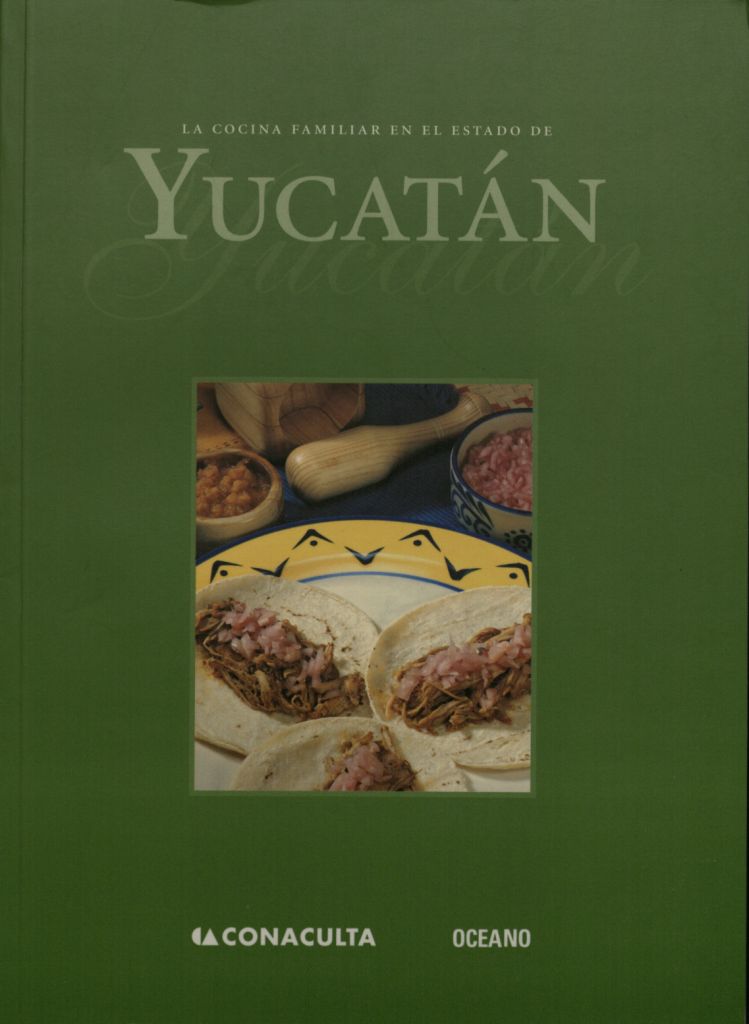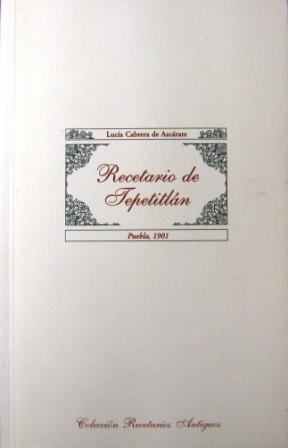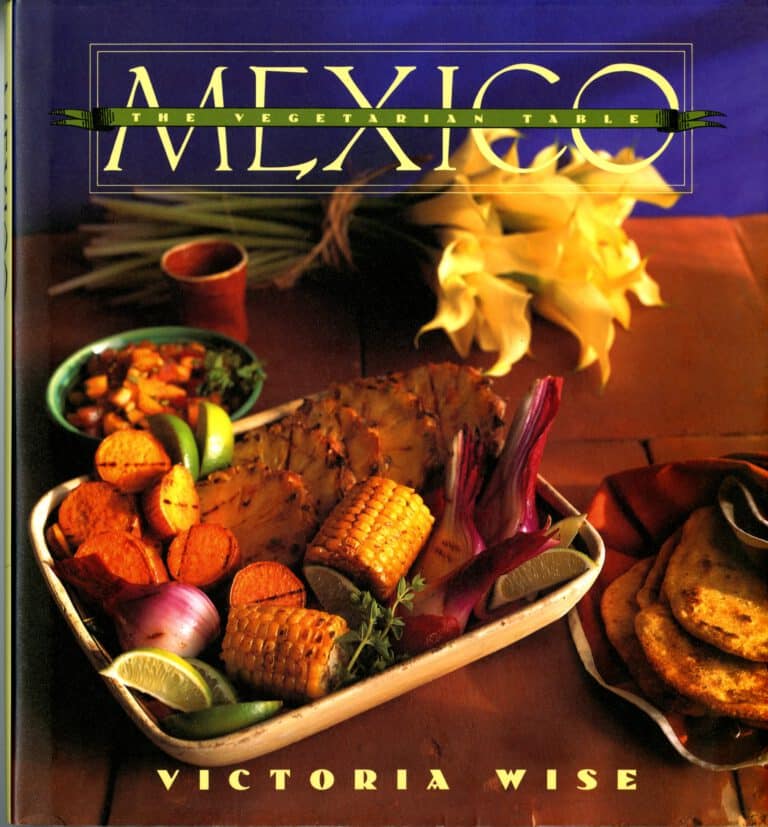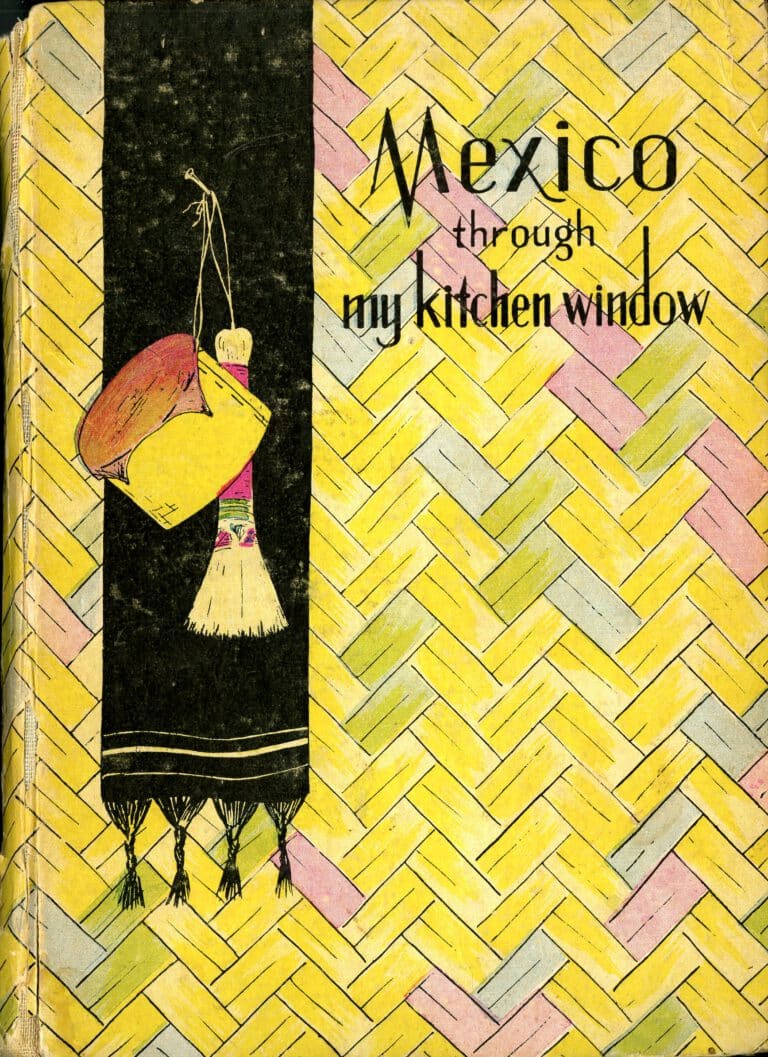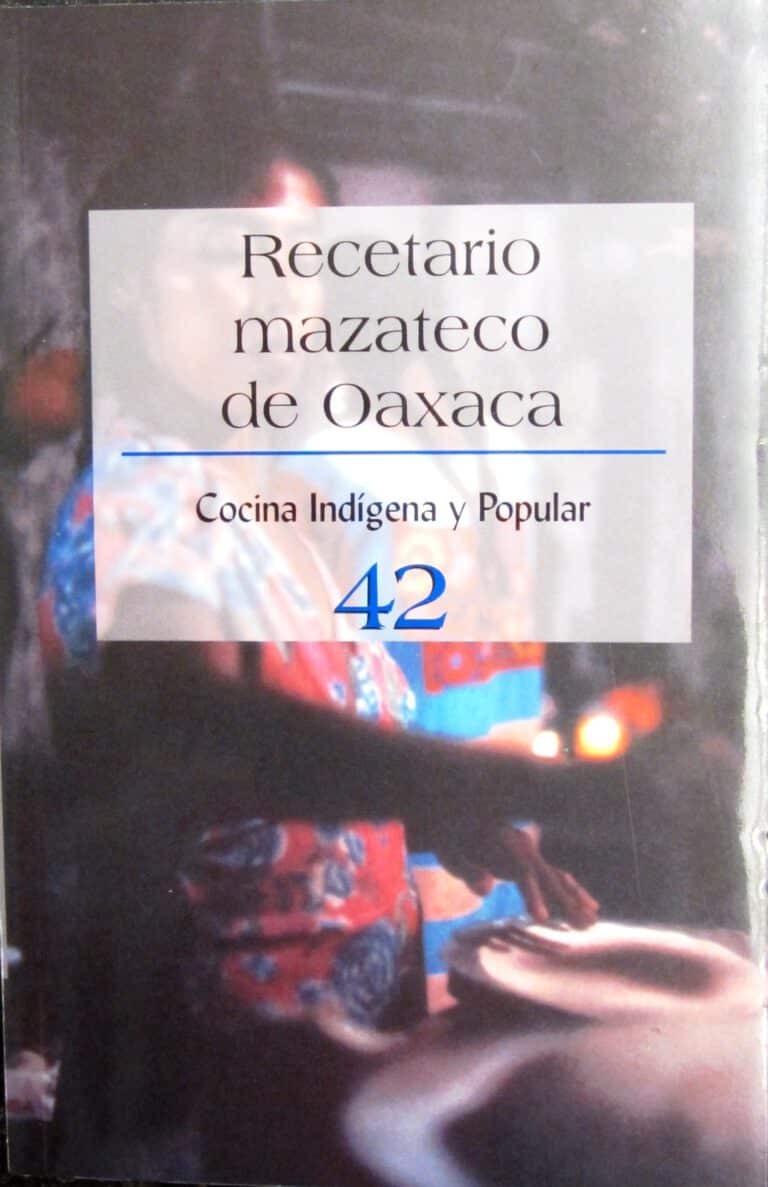Chileajo de Pollo (Chile and Garlic Chicken Stew)
Consejo Nacional para la Cultura y las Artes (Mexico). La Cocina familiar en el estado de Puebla. México : CONACULTA : Océano, 2000 [TX716 .M4 P84 2000].
![Consejo Nacional para la Cultura y las Artes (Mexico). La Cocina familiar en el estado de Nuevo León. México : CONACULTA : Océano, 2001 [TX716 .M4 N84 2001].](https://lacocina.utsa.edu/wp-content/uploads/2011/08/puebla-2-1.jpg)
One lovely Sunday I took my wife to the Great Swamp National Wildlife Refuge, in Morris County, NJ. On the way home we stopped for lunch in Garibaldi, a Mexican/Peruvian restaurant in Bound Brook, NJ. Bound Brook was flooded in September, 1999 by Hurricane Floyd; Garibaldi was inundated then but had come back. While reading the menu, I was reminded I’d eaten Chiliajo de Puerco in pre-Floyd Garibaldi and had liked it.
I didn’t eat Chiliajo de Puerco that Sunday, but the idea of it gnawed on me. Unable to make it go away, I went looking for a recipe on the ‘net. Google didn’t find any. Searching for Chiliajo alone found the table of contents of a cookbook, La Cocina Familiar en el Estado de Puebla (Home Cooking in Puebla), on a Finnish bookstore’s site. It had a recipe for Chiliajo de Pollo. Reasoning that a preparation that worked for chicken would work for pork too, I looked for less expensive copies of the book. Eventually, I bought one from a domestic seller.
When my copy came I was entranced by it. It contained wonderful recipes that I thought I might be able to prepare. Most were new to me and many were like nothing I’d ever encountered. I made and liked the Puebla book’s Chiliajo de Pollo, as well as other recipes from it. My wife’s response was formal retirement from cooking. I bought the rest of the set and have been cooking from it ever since.
The Cocina Familiar set contains more than 2,700 recipes, including some duplicates. In the mid-1980s Banco Nacional de Credito Rural S.N.C. (Banrural) ran a competition, “Comidas y Festejos Tradicionales Mexicanos,” Traditional Mexican Foods and Festivals. Entry was open to employees and “todos los acreditados del banco,” all of the bank’s borrowers. The competition’s planners took pains to ensure that residents of each region participated directly, with information that let them go more deeply into the principal holidays and their typical dishes in rural and in urban areas as well as the harvests of each region’s products and meals often made with them.
Banrural published the recipes in 1988 as Comida Familiar en el Estado de … (Eating at home in the state of …). There was one volume for each of the thirty one states, another for México City, and a general index that is the set’s table of contents. The state volumes were republished in 2000-1 by El Consejo Nacional para la Cultura y las Artes (Conaculta) and Editorial Océano de México as Cocina Familiar … (Home Cooking …). The Conaculta version is easier to find and less expensive than the Banrural version.
Many of the recipes don’t conform to the concept of Mexican food presented in books written in English on Mexican cooking, e.g., those of Diana Kennedy and Rick Bayless. For example, the Coahuila volume has a recipe for pecan pie that is very Betty Crocker. I’ve encountered very few recipes in the Cocina Familiar set on menus of Mexican restaurants in the US; few of the recipes on those menus are in the Cocina Familiar set. What we in the US know as Mexican food isn’t at all what some, perhaps many, Mexicans ate in the early- to mid-1980s. If there’s one lesson to learn from the Home Cooking set, it is that Mexican cooking is as syncretic as can be. Mexican cooks have borrowed ingredients and ideas from every other cuisine. And, like all home cooking, unlike restaurant cooking, it is variable.
I returned to cooking uncontaminated by Mexican cookbooks written for gringos. My wife had some that I hadn’t even glanced at. I found Diana Kennedy’s books most useful for answering questions about procedures, ingredients, and substitutions. For those who many not have encountered her yet, Diana Kennedy is to Mexican cooking in the US as Julia Child is to French cooking in the US.
All of our ‘Mexican Cooking For Gringos’ books together come up considerably short in comparison to the Home Cooking set; with more than 2,700 recipes it is probably the largest of all. In order to meet readers’ expectations of illustrations, explanations of techniques, white space, as well as to make space to discuss ideas, history and ingredients,; contemporary American cookbooksoften contain only a small sample of recipes. Furthermore, the sample each presents reflects its author’s concept of Mexican cooking. The people who collected recipes for Cocina Familiar were more open-minded than authors of most ‘Mexican’ cookbooks for gringos. On the other hand, the Home Cooking set can’t be used by a cook who needs explanations of technique or guides to ingredients and substitutions, and it is inaccessible to those who can’t read/won’t learn kitchen Spanish.
Bound Brook was flooded in April, 2007; Garibaldi drowned again. It reopened, I’ve been there and had Chiliajo de Puerco. All it has in common with Chiliajo de Pollo from Puebla is the word Chiliajo. Different peppers, different preparation, different everything.
Chiliajo is a rarely used variant spelling of Chileajo. The Chiliajo/chileajo recipes on the ‘net cover several radically different concepts. That’s home cooking.
Chiliajo de pollo (La Cocina Familiar en el Estadode Puebla. p. 41)
1 pollo partido en piezas — chicken in serving pieces
½ cucharada de orégano — tbsp of oregano
10 pimientas — peppercorns
7 chiles anchos — ancho chiles
6 chiles guajillo — guajillo chiles
2 dientes de ajo — cloves of garlic
1 clavo — clove
1 pan blanco rebanado — sliced hard roll [I used half a baguette]
1 rajita de canela — cinnamon stick
1 trozo de cebolla — piece of onion
manteca — lard
orégano — oregano [mentioned in text, not in the book’s list]
sal, al gusto — salt, to taste
Cocer el pollo en agua, con ajo, cebolla y sal — cook the chicken in water with garlic, onion, and salt
Desvenar los chiles y remojarlos en agua caliente — devein the chiles and rehydrate them in hot water
Freír las rebanadas de pan; moler chiles, pan, pimientas, clavo, orégano, canela, y ajos — fry the slices of bread; grind the chiles, bread, peppercorns, clove, oregano, cinnamon, and garlic [As ground up the pepper etc. mash was very, very thick. I thinned it with some of the water in which the chiles had been steeped, after I started frying I added chicken broth.]
Freír toto esto en manteca hasta que la preparación quede bien espesa — fry all this in lard until the preparation becomes quite thick
Agregar el pollo con un poco del caldo en que se cocío (debe quedar la consistencia del mole); dejarlo en el fuego hasta que suelte el hervor — add the chicken with a little of the broth in which it was cooked (the sauce must have a mole’s consistency); leave it on the burner until it comes to a boil
Servir caliente — serve hot
Very mild dish. Pleasant.
Post edited 17 December 2012 to provide greater detail on Banrural’s process for collecting recipes.

